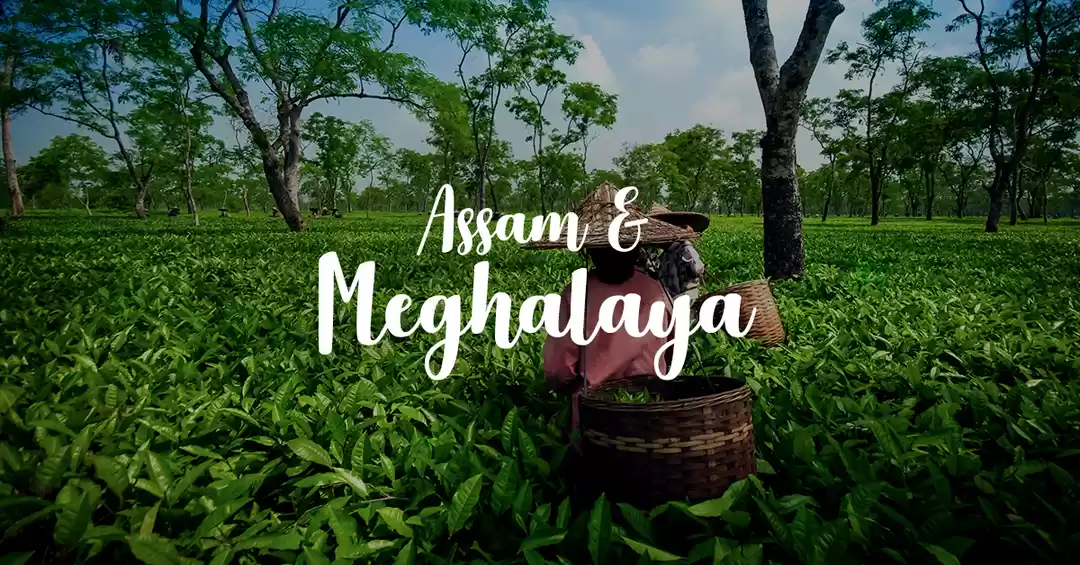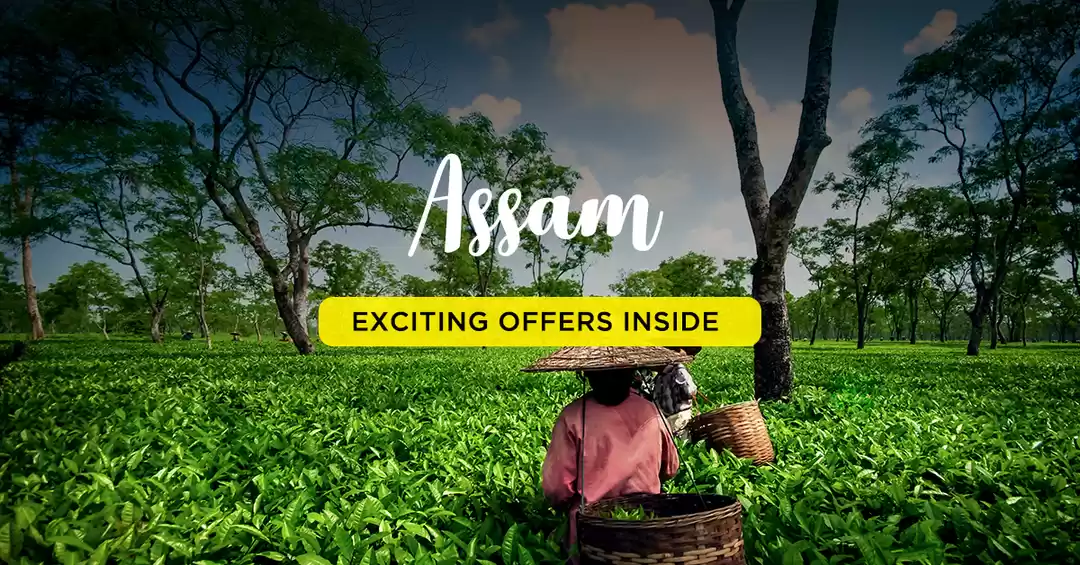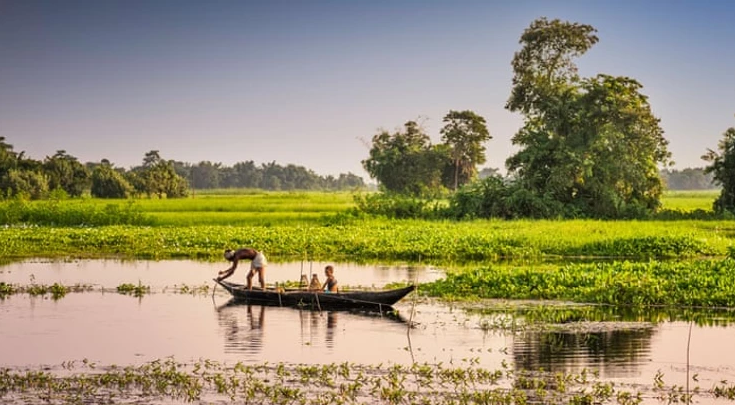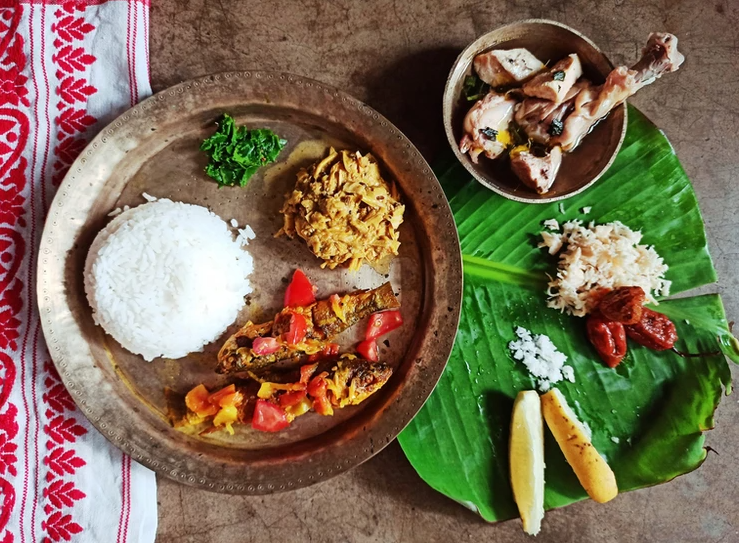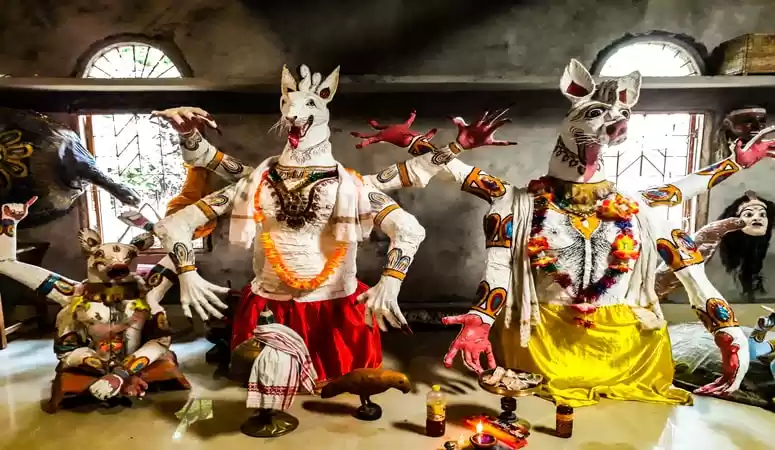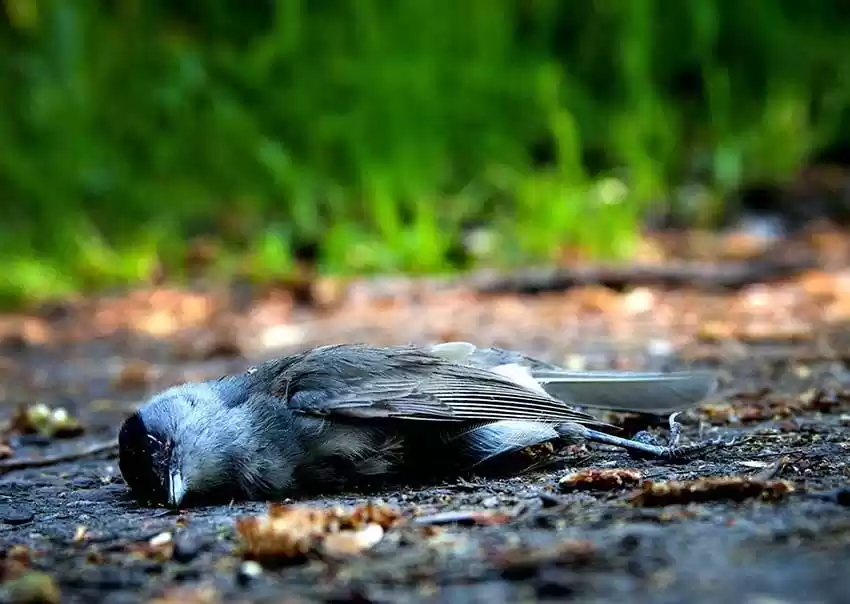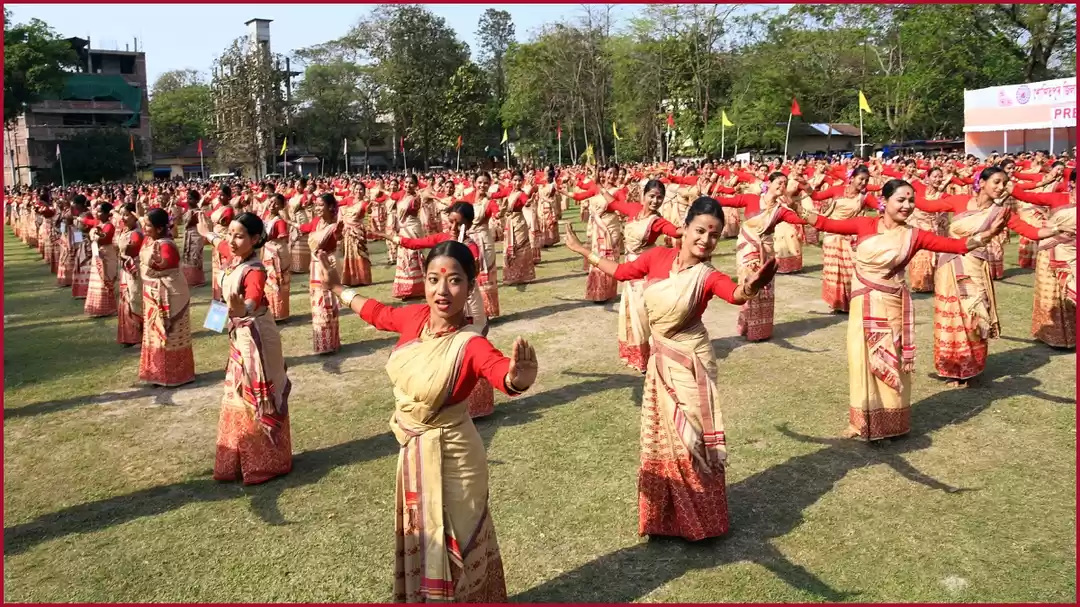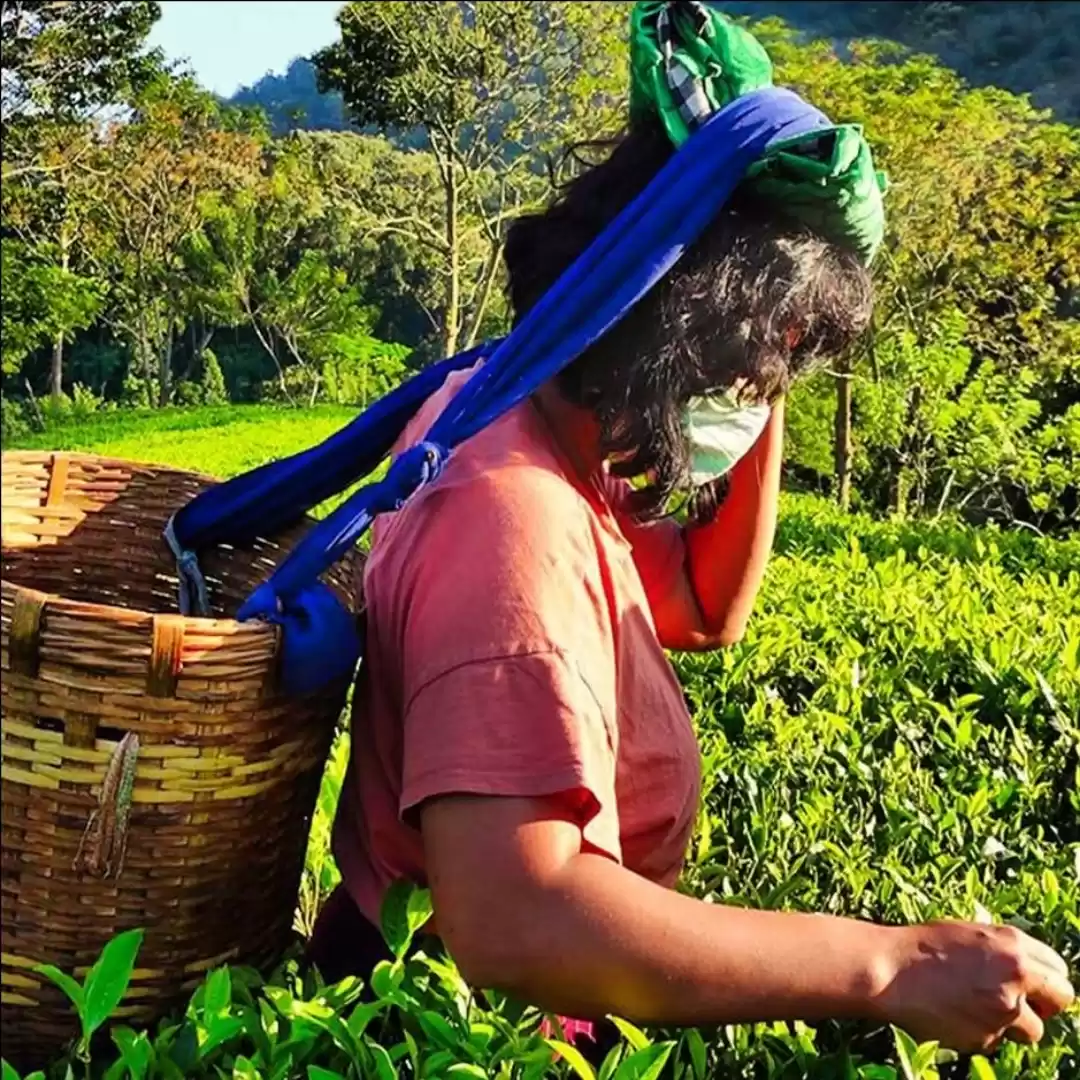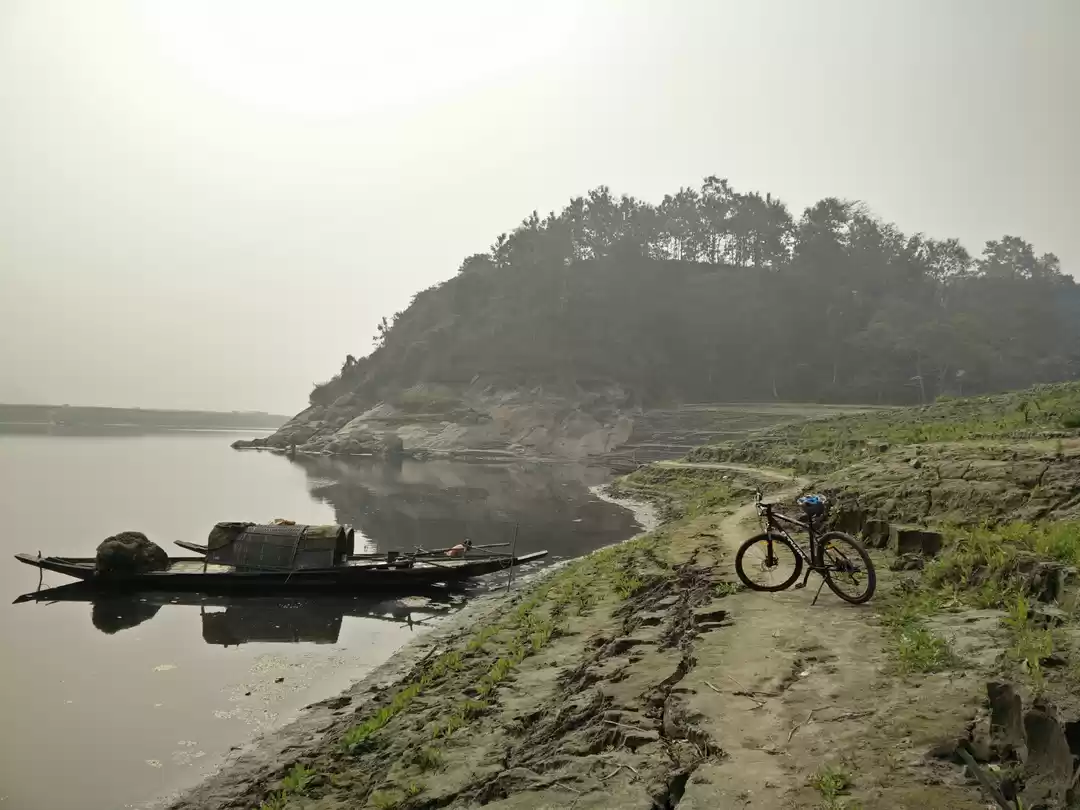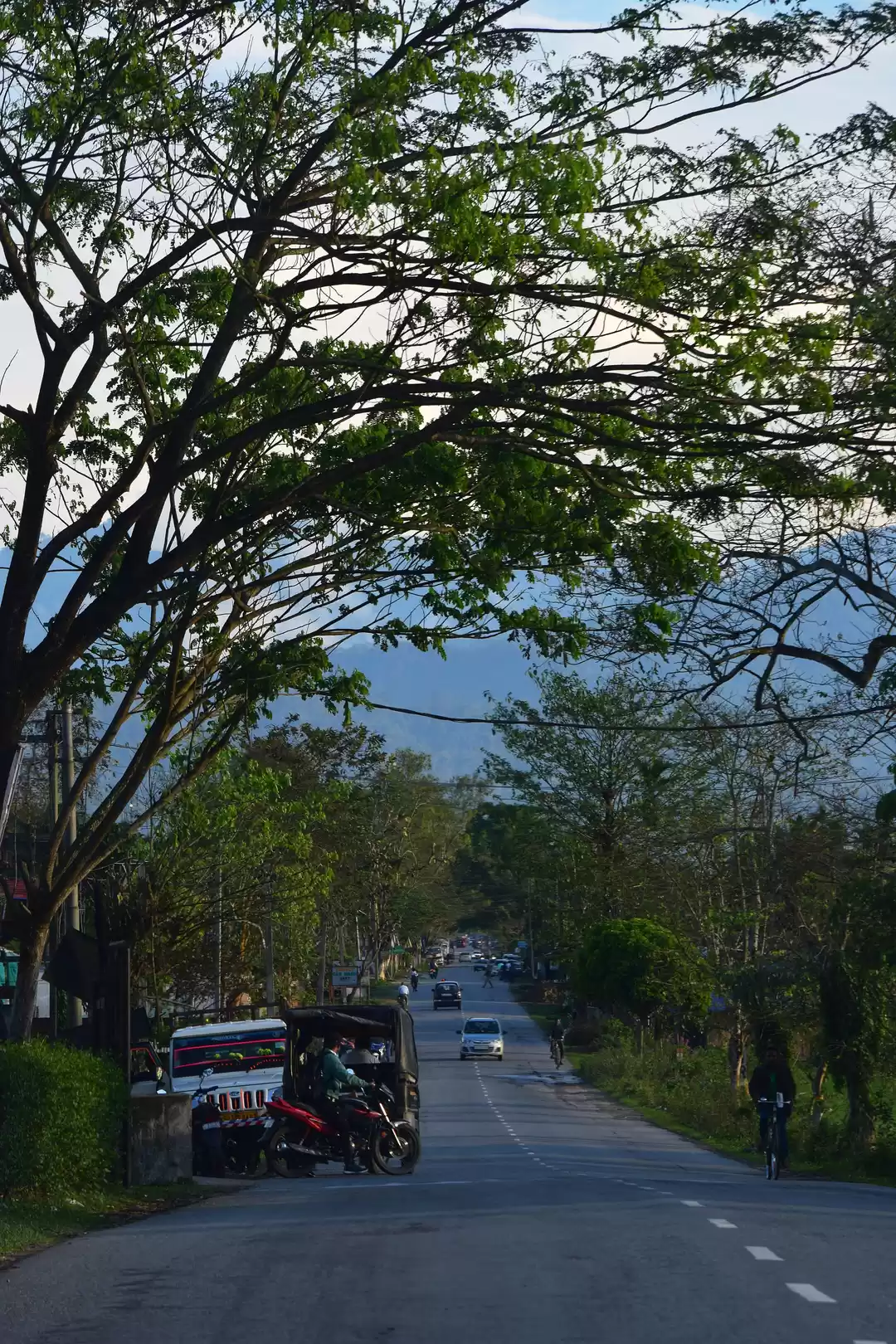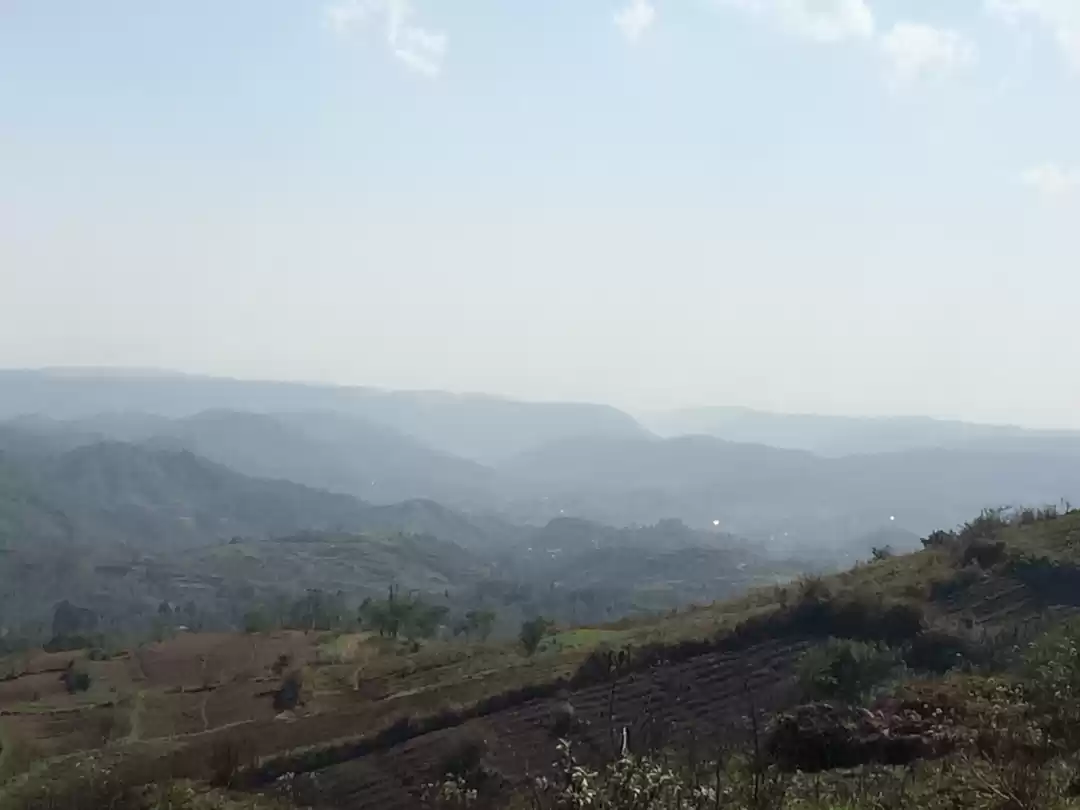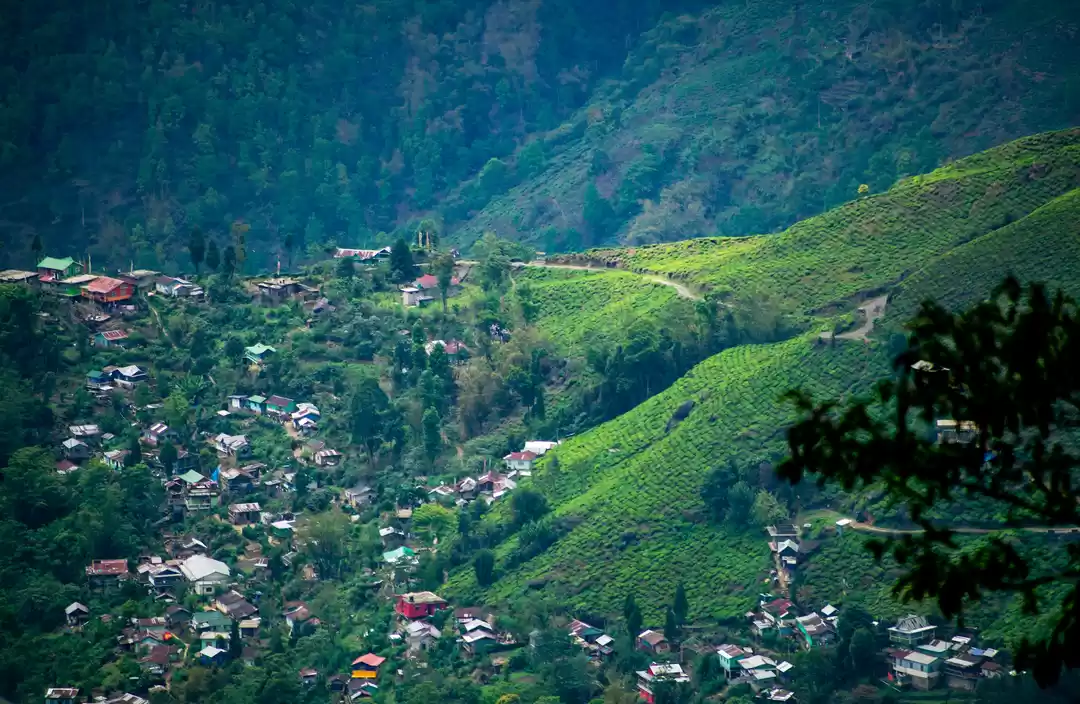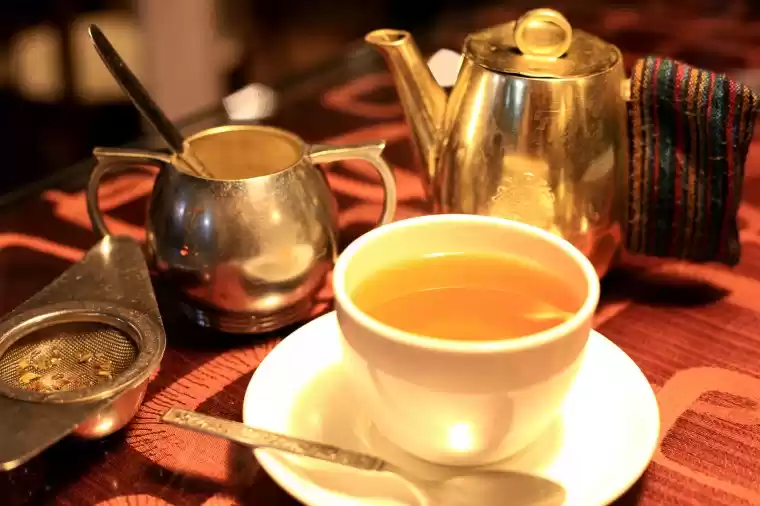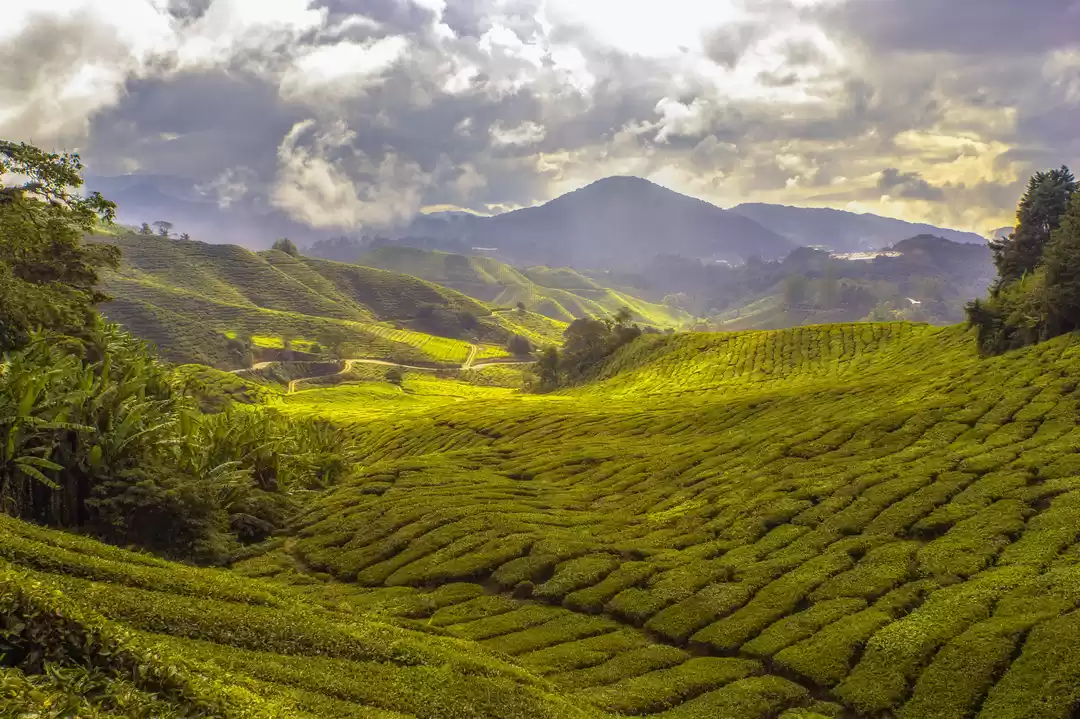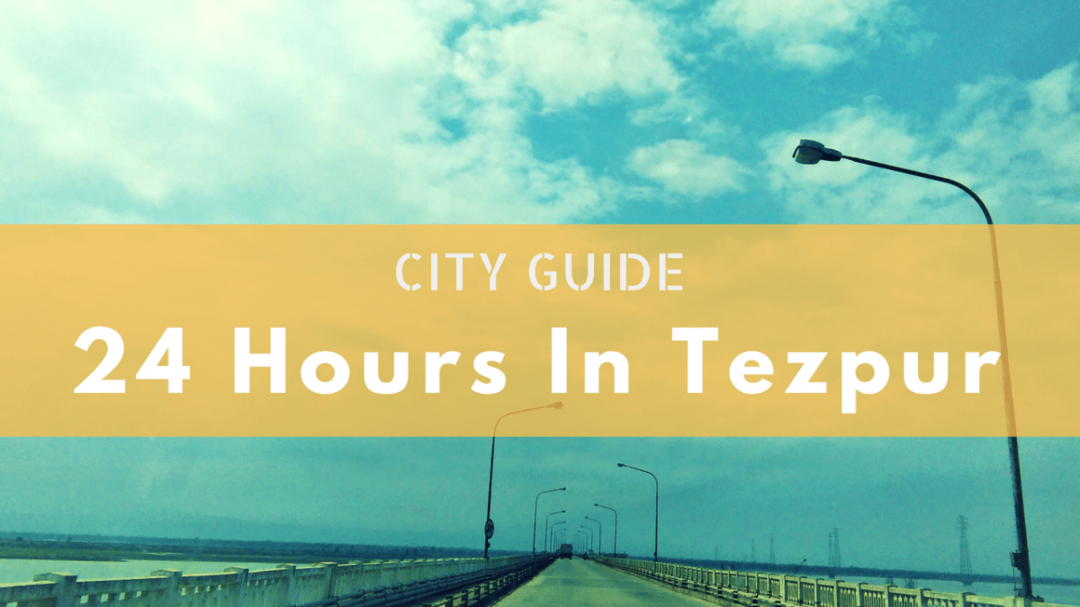
Hey i am Radhe patel so many human beings in my community call me radhuu. S0 again "hello" to all of my stranger friends here i am sharing some of the best travelling nature beauty stories and unseeing some of the best culture ever seen.
So guys i am ready to express my idea by written down some best TEA POST so what are you waiting come and join as well as imagine the best place of india (ASSAM) ,There is only have 5 words but it have deep intence stories.
Assam is a state in northeastern India known for its wildlife, archeological sites and tea plantations. In the west, Guwahati, Assam’s largest city, features silk bazaars and the hilltop Kamakhya Temple. Umananda Temple sits on Peacock Island in the Brahmaputra river. The state capital, Dispur, is a suburb of Guwahati. The ancient pilgrimage site of Hajo and Madan Kamdev, the ruins of a temple complex.
Your morning cup of chai has most likely travelled all the way from the foothills of Eastern Himalayas. More than half of the tea consumed in India comes from the North East state of Assam. With hundreds of estates and gardens, taking a tea estate tour or even staying at one is an absolute must-do in Assam. Welcome to the tea party!
TEA FACTS
Assam is the largest tea-producing region in India and most of the tea is grown in the lowlands of the Brahmaputra Valley. Unlike the tea estates in Darjeeling or Munnar where tea is grown on slopes, in Assam it’s mainly acres and acres of flat tea gardens – 2.3 million hectares of tea bushes, to be precise. About 570 million kilograms of tea is produced annually and roughly 13% of the global consumption is of tea produced in one of Assam’s 700-odd tea factories. Assam tea is mainly black, with very little quantities of green tea and oolong tea being produced here. Many estates produce premium quality single origin tea, large quantities of which are exported.
THE TASTE TEST
The proof of the tea is in drinking it and Assam has been at the top of its game for more than 150 years now. When you visit the state, you definitely have to savour the unique malty flavour of Assam tea. The outskirts of towns such as Jorhat, Dibrugarh, Tinsukhia and Tejpur are dotted with several estates and factories. Many of the larger tea estates have attached heritage bungalows, some of which date back to the Raj. The old-world charm is very much preserved and you will feel as if you have slipped into the pages of a Victorian novel. You can stay at these charming bungalows, visit the adjoining tea factory and even pluck your own tea leaves, while getting a taste of Assam’s finest. Some of the smaller tea estates also offer a form of volunteer-tourism – you can stay on the estate and help out in the tea garden and factory. Typical activities would include fertilising the garden, picking tea leaves and operating the machines at the factory.
WHEN TO GO
Assam tea is harvested twice in a year. The first flush is picked around the end of March. The second flush is sweeter, more full-bodied and generally considered to be superior to the first flush. This harvest happens around mid-May to end-June and this is when the best quality tea is produced. Production continues till the end of the year but the quality is not the same. Jorhat, which is referred to as the ‘Tea Capital of the World’, hosts an annual Tea Festival in November. Various tea gardens set up stalls where you can sample a variety of teas. Or you can visit the exhibition centre and learn more about the tea industry and its production. Traditional Assamese dances are performed and there is an array of delicious, local food to partake, not to mention shopping for souvenirs.



